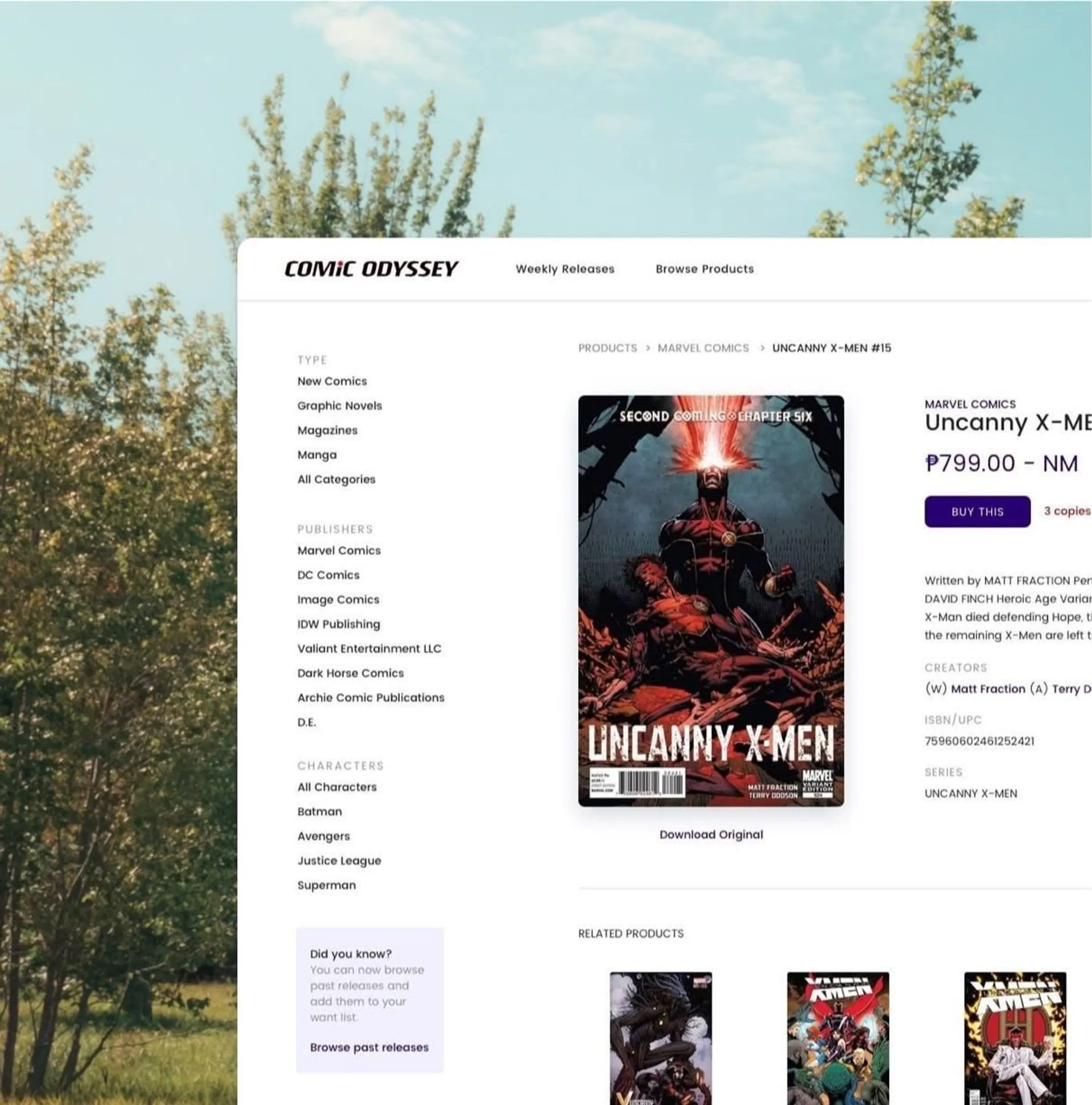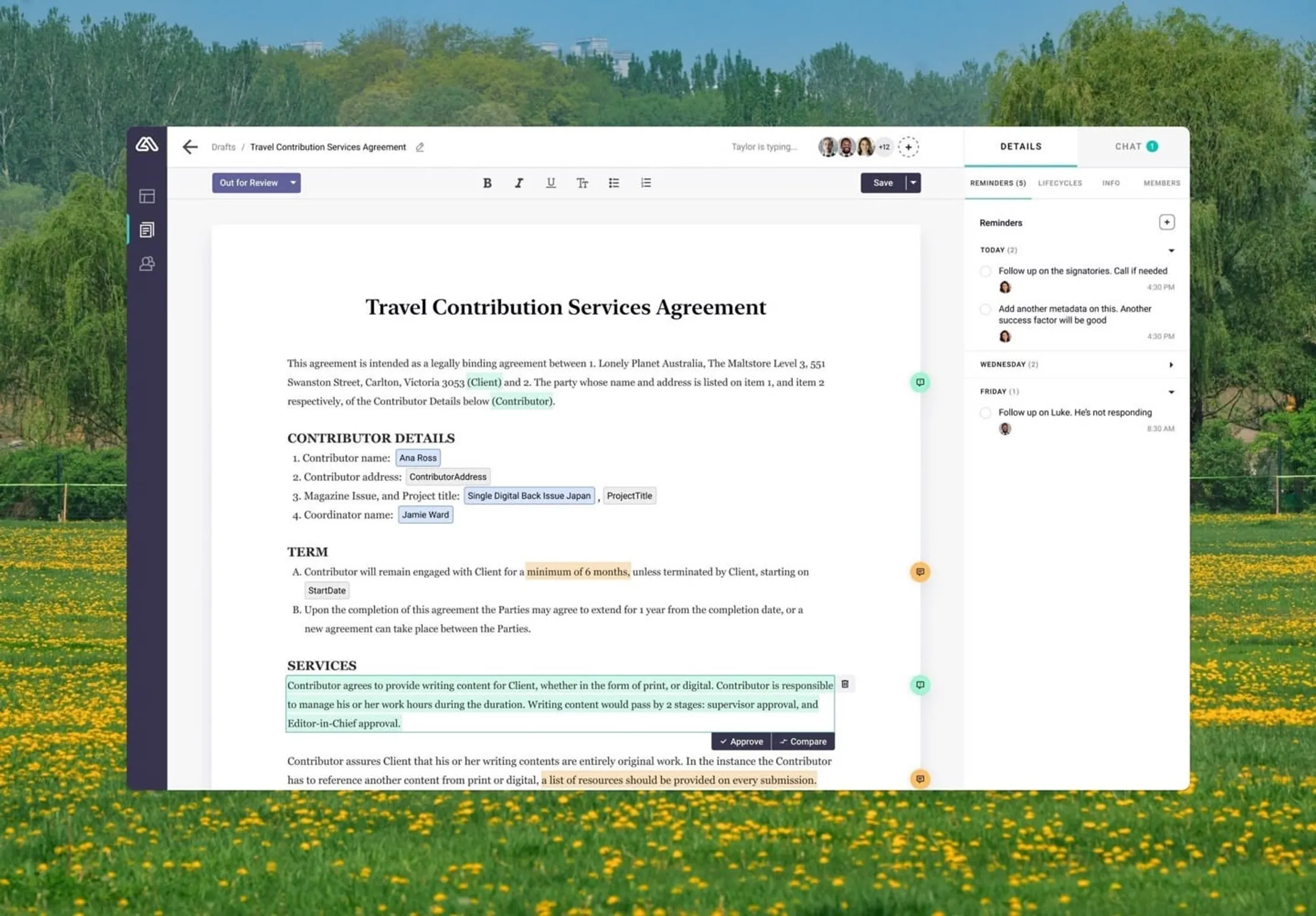Re-imagining contracts
Digital contracts management for travel-guide publishers
Create, organize, and reuse digital contracts for Lonely Planet. Manage their lifecycle and enable team collaboration during editing.
Lonely Planet is a travel guide publisher in both print and digital formats. Often referred to as the “backpackers’ bible,” it has covered most of the world’s travel destinations. To achieve this, they commission articles from a trusted pool of travel writers, resulting in hundreds of contracts that need to be created and negotiated.
Why was the project created?
Lonely Planet’s in-house legal team consists of just four people, while their sales team has around 500. The sales team handles contract negotiations with content creators, brand licensing, and other agreements. To streamline this process, they needed a way to manage contracts independently, without constant legal supervision. This allows sales managers to handle legal work up to a certain point, ensuring a quick turnaround while involving the legal team only when necessary.
We introduced 4 main features: documents storage, contracts editor, fill-in-the-blanks data, and compare-approve workflow.
- Documents storage
- This feature collects all the contracts in the system; organised by folders, and different statuses.
Document storage: contracts list and display quick info - Contracts editor
- Main course of the project. This enables collaborators, and editors to create contracts from scratch or update existing contracts.
Starting a new document - Fill-in-the-blanks parameters
- This allows editors to recreate contracts by filling in different data based on selected parameters within a template.
Fill-in-the-blanks: Input data - Compare-approve workflow
- This feature enables reviewers to compare added content, giving them indicators on what has changed, and with the ability to approve or discard it.
Compare-approve workflow: See what's newly added
I was responsible for the overall design of the product and also introduced features that weren’t initially planned, like the Compare-Approve workflow.
I worked closely with the product manager and engineering team. I was sent to Brisbane, Australia as part of a funding program and was responsible for the overall design of the product. I also introduced features that weren’t initially planned, like the Compare-Approve workflow.
Document editing is a big and complex space, and there’s always more to tweak and improve. Not everything you design will end up in production, and that’s totally fine. Someone else might use it as a valuable reference to keep the project going and build on what you’ve learned.
This project was ambitious in both its goals and timeline. We aimed to deliver advanced features on a tech stack that was ahead of our engineering capacity at the time. While we were able to build the editor to a certain extent, performance issues emerged as the document grew. Ultimately, the client decided to move forward with document storage alone for production.



